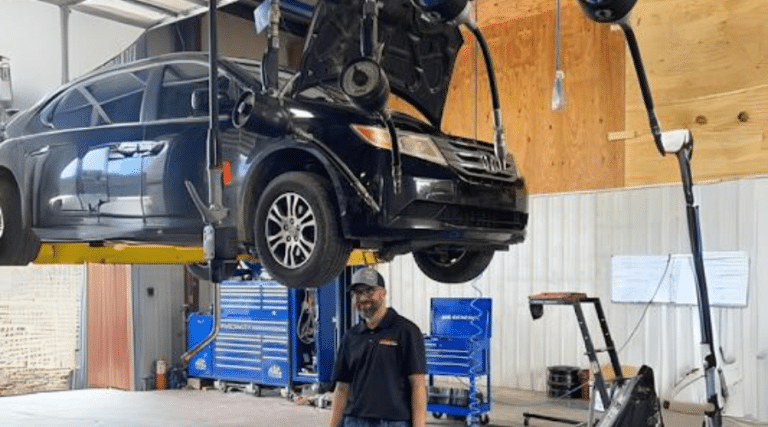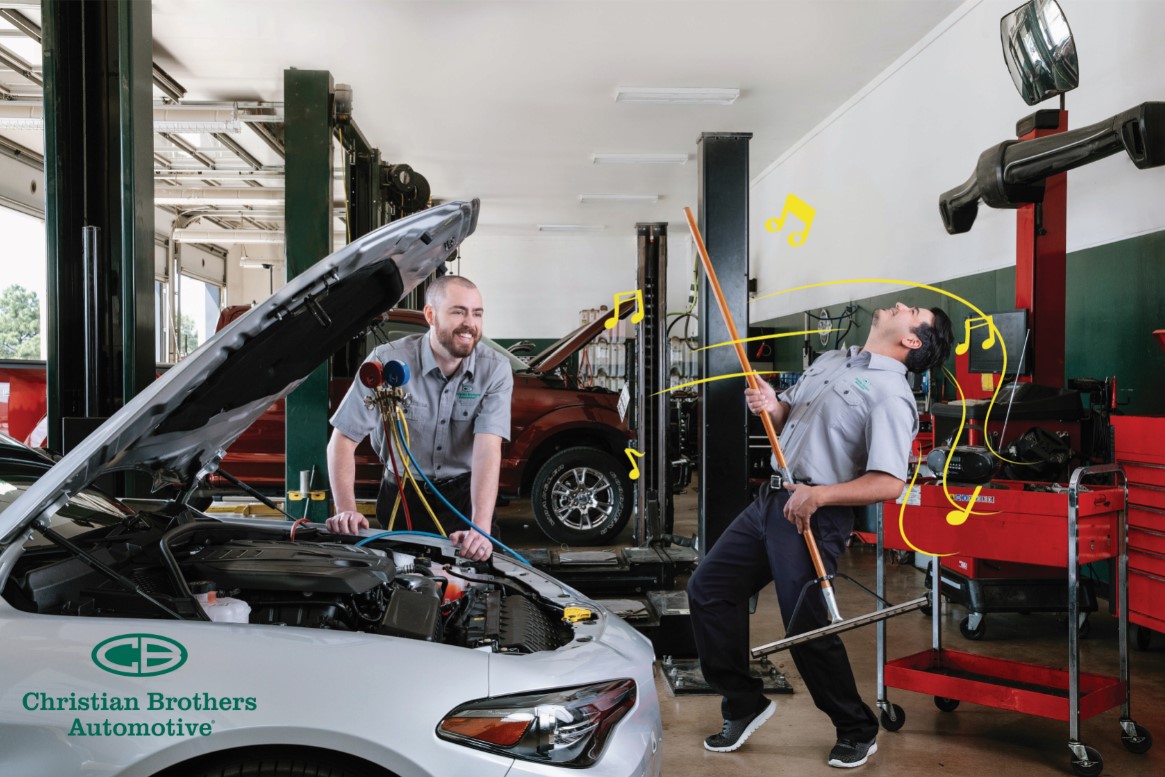All Categories
Featured

[/image]
Appropriate tire upkeep is crucial to extending the life of your car and making certain a smooth and secure driving experience. 2 of one of the most important tire services are tire rotation and positioning. These services not only protect against premature tire wear however also enhance handling, fuel efficiency, and total safety. If you're unknown with what tire turning and alignment entail, right here's a comprehensive check out why they matter and how they benefit your vehicle.
What Is Tire Turning? Tire turning refers to moving your tires from one placement to one more to ensure they wear evenly. The reason tire rotation is necessary is due to the fact that not all tires use similarly. In front-wheel-drive lorries, as an example, the front tires handle both guiding and power, that makes them break faster than the back tires. Similarly, the back tires use in different ways in rear-wheel-drive and all-wheel-drive automobiles.
By rotating your tires routinely, you can cancel the wear throughout all 4 tires. This assists them last longer and enables even more even grip, enhancing handling and security. Most suppliers advise revolving your tires every 6,000 to 8,000 miles or as per the vehicle's handbook.
What Is Tire Alignment? Tire placement, likewise referred to as wheel alignment, describes the procedure of readjusting the angles of your auto's wheels to meet the maker's specifications. The goal of positioning is to make certain that all four tires are aiming in the best instructions and at the right angles, which allows for optimal handling, security, and tire life.
There are 3 major positioning angles that are adjusted throughout a positioning check:

Camber: The tilt of the wheels when checked out from the front. If the camber is off, it can bring about unequal tire wear, as the tire will certainly not make complete call with the road surface. Wheel: The angle of the steering axis when watched from the side. Proper caster positioning makes certain that your vehicle is secure when driving straight which your wheel go back to its regular position after a turn. Toe: The angle at which the tires point inward or external when viewed from above. Wrong toe positioning can trigger the tires to drag, bring about irregular wear and lowered gas efficiency. Misalignment can happen in time due to typical driving or from hitting obstacles like aesthetics or splits. If your positioning is off, it is essential to get it inspected and fixed to avoid issues down the roadway.
Why Tire Turning and Alignment Issue. Raised Tire Life:. Regular tire turning guarantees also tire wear, assisting you get one of the most gas mileage out of your tires. Irregular wear can create you to change tires prematurely, which can be costly. When your tires wear evenly, they last much longer, conserving you cash in the long-term.
Enhanced Lorry Handling:. Appropriate placement keeps your lorry driving straight and secure, specifically at higher rates. Imbalance can trigger your vehicle to draw away, making it harder to guide. By keeping your tires straightened, you ensure your vehicle deals with extra smoothly and naturally.
Enhanced Security:. Tires that are not rotated or straightened properly can use unevenly, impacting exactly how well your vehicle stops and corners. Misaligned tires or tires with uneven wear patterns may create lowered traction, especially in wet or icy problems, leading to a higher danger of accidents.
Much Better Gas Effectiveness:. Tires that are misaligned can create moving resistance, indicating your engine has to function tougher to move the auto. This increases gas intake and decreases your cars and truck's fuel efficiency. Appropriate tire placement reduces rolling resistance, which can boost gas mileage.
Indications Your Tires Need Rotation or Alignment. While it's vital to remain on top of routine tire rotations and placements, there are a couple of indications that might suggest your tires require attention:
Unequal Use: If you discover that tire is extra worn than the others, it's most likely time for a rotation. Steering Pull: If your cars and truck draws away or really feels off-center, maybe an indicator of imbalance. Resonances: If you feel vibrations in the steering wheel or the automobile, it might be as a result of a positioning concern. Noisy Tires: Squealing or loud tires could show improper turning or imbalance. If you observe any of these signs, it is essential to get your tires examined by a specialist.
Just How Often Should You Turn and Straighten Your Tires? Tire turning ought to normally be done every 6,000 to 8,000 miles, though this can vary based on your driving conditions and the type of car you drive. It's likewise an excellent concept to have your tires rotated whenever you obtain an oil change.
For positioning, you need to have your tires lined up every 1-2 years, or more regularly if you observe any type of problems with handling or uneven tire wear. If you hit a huge crater or curb, it's wise to obtain an alignment inspect right now.
Conclusion: Routine Maintenance for Optimum Efficiency. Tire rotation and placement are 2 easy yet critical services that maintain your automobile running smoothly, effectively, and safely. By turning your tires regularly and keeping your wheels effectively lined up, you can prolong the life of your tires, boost handling, and appreciate much better gas performance.
Latest Posts
Explore Oil Changes & More: Complete Auto Care Solutions from Montclare Auto Repair
Explore Oil Changes & More: Complete Repair Options from Montclare Auto Repair
Check Out Affordable Auto Repairs with Montclare’s Limited-Time Service Specials
More
Latest Posts
Explore Oil Changes & More: Complete Auto Care Solutions from Montclare Auto Repair
Explore Oil Changes & More: Complete Repair Options from Montclare Auto Repair
Check Out Affordable Auto Repairs with Montclare’s Limited-Time Service Specials